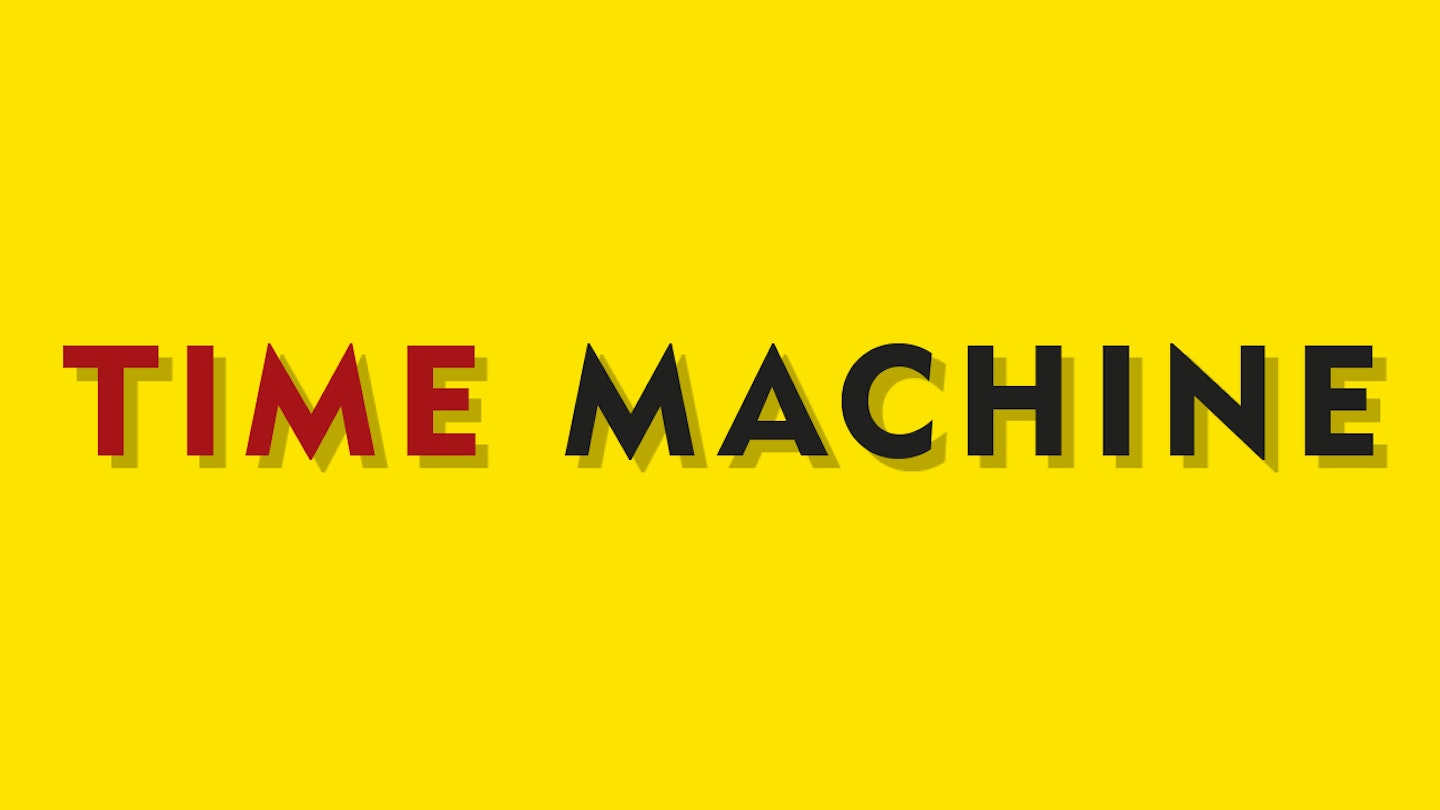On 24 November, 1986
It was one of the most star-studded albums of the year. Paul McCartney, Ringo Starr and Elvis Costello – not to mention Dire Straits, Eurythmics and Wham! – had all signed up for The Anti-Heroin Project’s double-LP set It’s A Live-In World.
Initially, the augurs were good. Two years previously, Bob Geldof and Midge Ure’s Band Aid project had brought together pop’s great and good for famine relief in Ethiopia, and charity successes for USA For Africa and Artists United Against Apartheid, among others, followed. A celeb-packed anti-drugs record seemed a shoo-in to generate funds and awareness.
“It was my baby, a charity album dreamt up after losing a couple of friends to heroin addiction,” says singer-songwriter-producer Charley Foskett. His campaign to raise money for the Phoenix House Charity for drug and alcohol rehabilitation got underway with a song called Slay The Dragon. Having recorded a guide demo involving ex-Jeff Beck/ Streetwalkers vocalist Bobby Tench, he sent it to Frankie Goes To Hollywood vocalist Holly Johnson, who agreed to participate. “I wanted the sound Holly had put into the songs on (1984 FGTH LP) Welcome To The Pleasure Dome,” says Foskett, “and he nailed it in just a few takes."
As word got out, singers including Hazel O'Connor and Jim Diamond offered to help. Foskett began contacting every recording act he could think of, and eventually took his project to EMI. “We managed to get a meeting with (A&R head) David Munns,” says Foskett, “giving him a million reasons why he should sign our Anti Heroin Project.” EMI agreed to sign a deal for a double-album and single, and gave Foskett “free run of Abbey Road for the recording sessions.” Multiple artists’ management were soon eager to get aboard.
The double album would feature existing songs and new recordings. The former category included Ringo Starr, who provided two new Foskett-produced tracks: one was the vehement You Know It Makes Sense (“If you put a hole in your arm,” it advised, “you must have a hole in your head!”) while the satirical Naughty Atom Bomb featured him alongside John Cleese and Bill Oddie. Elvis Costello donated a hard-hitting, stripped version of Richard Thompson’s The End Of The Rainbow, also produced by Foskett, whose other contributions included Freak Street (a recording of a Kathmandu drug dealer) and the self-explanatory Scagg. Pre-existing tracks, meanwhile, included Macca’s reggae song Simple As That, New Model Army’s Heroin, Saxon’s We Came Here To Rock, and Howard Jones’ A Little Bit Of Snow.
“Cliff Richard, Genesis P.Orridge, Jimmy Pursey, Aswad and more sang as one.”
Yet the big production number would be the album’s impassioned title track, released on 45 with a Band Aid-style video of the artists in song at Abbey Road and addicts in recovery at Phoenix House. Led off by Holly Johnson, Fish from Marillion, Nik Kershaw, Cliff Richard and Bonnie Tyler imparting the single’s message of healing, the film soon revealed a huge cast of pop names, as Robin Gibb, Elkie Brooks, Kim Wilde, Poly Styrene, Suggs, Steve Harley, Genesis P.Orridge, The Three Degrees’ Sheila Ferguson, The Alarm’s Mike Peters, Daryl Pandy, Hayley Mills, Jimmy Pursey, Aswad, Roy Harper, Sinitta, ex-Gillan bassman John McCoy, Chas & Dave, Tom ‘Lofty from EastEnders’ Watt, Hazell Dean – who wears a t-shirt reading ‘Say No To A Fix in ‘86’ – and more sang as one, backed by London session aces. “You’ll be a slave to that white-powdered whore ‘til the dragon is slain,” it warned.
Yet unlike the government’s Heroin Screws You Up campaign, which began in 1985, or the Grange Hill Cast’s single Just Say No, a number five hit earlier in the year, the album and single failed to enter the public mind. Foskett claims he had been offered a top job at the Home Office as David Mellor's right-hand man on the government's proposed anti-drug scheme for 1987, but declined, suggesting they combine their projects. He says that he never heard from Mellor again, but that the Home Office instructed EMI to bury the release (EMI executives have denied any such ban). One way or another, neither the album nor the single registered on any chart. “After 20 months of my hard work around the clock in every major studio in London, absolutely free of any hire charges and/or session fees from any musician,” he opines, “we had been gagged and buried alive big time!”
Today, Foskett, a cancer survivor twice over, continues recording and producing and is currently working on a folk album he promises will be star-packed. The Anti-Heroin Project’s It’s A Live-In World remains an intriguing document whose heart was, definitely, in the right place.
